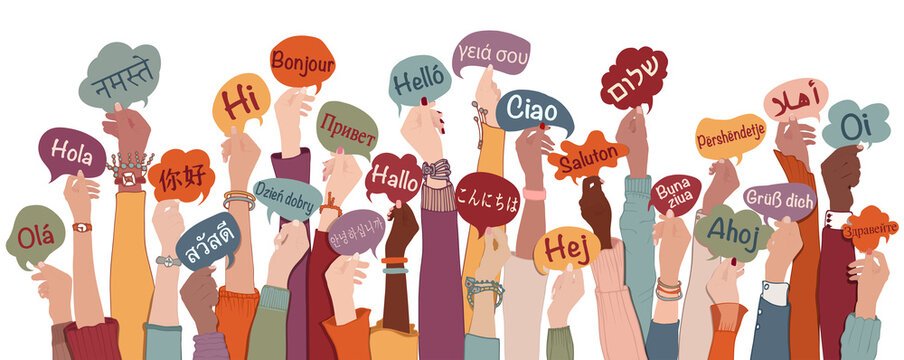Most people embark on the journey of learning a new language to enhance their communication with others, whether for work, study, or personal enjoyment. However, language also alters the brain at a physical and neurological level, enhancing the connections between different brain regions.
To better understand the impact of language learning on the brain, it is essential to learn about the basic parts of the brain. The four lobes of the brain are the occipital, parietal, temporal, and frontal lobes. Grey matter, primarily composed of neuron cell bodies, is involved in information processing, while white matter, made of myelinated axons, facilitates communication between the distinct brain regions.
Bilinguals have been shown to have denser grey matter, as well as increased white matter integrity, compared to people speaking only one language. The second language boosts reserve nerves because of the additional communication pathways and a larger range of imaginable concepts. In doing so, it strengthens overall neuroplasticity and neural pathways, allowing better self-repair and internal communication. These neurological developments result in several benefits, including improved academic performance, improved concentration, improved memory, improved creativity, greater emotional intelligence, delayed brain aging, and increased multitasking ability.
In a meta-analysis of 20 studies, roughly 90% illustrated that language learners perform better across a range of academic subjects. The discipline and focus required to develop language skills boost overall alertness and attention span in students, regardless of age. Beyond that, research shows that bilingual children and adults retain information better than monolingual speakers, considering that studying a language needs memorizing new grammatical rules, words, and pronunciations. Their willingness to learn and adapt unlocks creative abilities, too, possibly because of the language switching and translations involved. Finally, language learners also immerse themselves in a new culture, acquiring an understanding of different cues, facial expressions, and intonations, which helps them practice more empathy and be better communicators. The constant mental exercise of maintaining the knowledge and thoughts that stream in two or more languages strengthens neural connections and preserves cognitive function as we age. Thus, bilingual people tend to experience a delay or prevention in the onset of degenerative diseases. Alternating between two languages necessitates constant inhibition and activation of language systems, making bilinguals generally better than monolinguals at multitasking.
There is some discussion to consider about the differences in these linguistics-related benefits in children who grew up as bilinguals versus those who learned an additional language later in life. Younger brains are still in development, making them more flexible and adaptable to new methods of processing. In the case of language acquisition, they do not need to translate words over from the rigid structure of their first language. Instead, they can pick up on sounds, grammar, and words naturally, without the barriers of their first language, and use both hemispheres of the brain due to the less rigid brain structure. In adults, language learning is highly lateralized to the left hemisphere of the brain, commonly associated with analytical processing. Regardless, multilingualism has profound benefits on brain health and capability for all ages.
Before the 1960s, multilingualism was considered a disability that slowed down neural functions due to the extra effort needed to switch between languages. But the opposite is, in fact, true. Language learning is not only a way to connect, empathize with, and respect other cultures, but it is also a fun way to preserve and improve brain health, development, and processing in the long run.
Works Cited
Aliouche, Hidaya. “The Impact of Learning a Language on Brain Health.” News-Medical.net, 24 Jan. 2022, www.news-medical.net/health/The-Impact-of-Learning-a-Language-on-Brain-Health.aspx.
Mohamed, Hussna. “How Speaking Multiple Languages Changes Your Brain.” Dw.com, Deutsche Welle, 5 May 2025, www.dw.com/en/language-learning-brain-impact-explained-v2/a-72218512.
Spence, Carley. “How Learning a New Language Changes Your Brain.” World of Better Learning | Cambridge University Press, Cambridge, 29 Apr. 2022, www.cambridge.org/elt/blog/2022/04/29/learning-language-changes-your-brain/.
The British School of Barcelona. “Neuroscience and Language Learning: Benefits for the Brain – British School of Barcelona.” British School of Barcelona, 26 Apr. 2024, www.britishschoolbarcelona.com/blog/neuroscience-and-language-learning-benefits-for-the-brain/.
